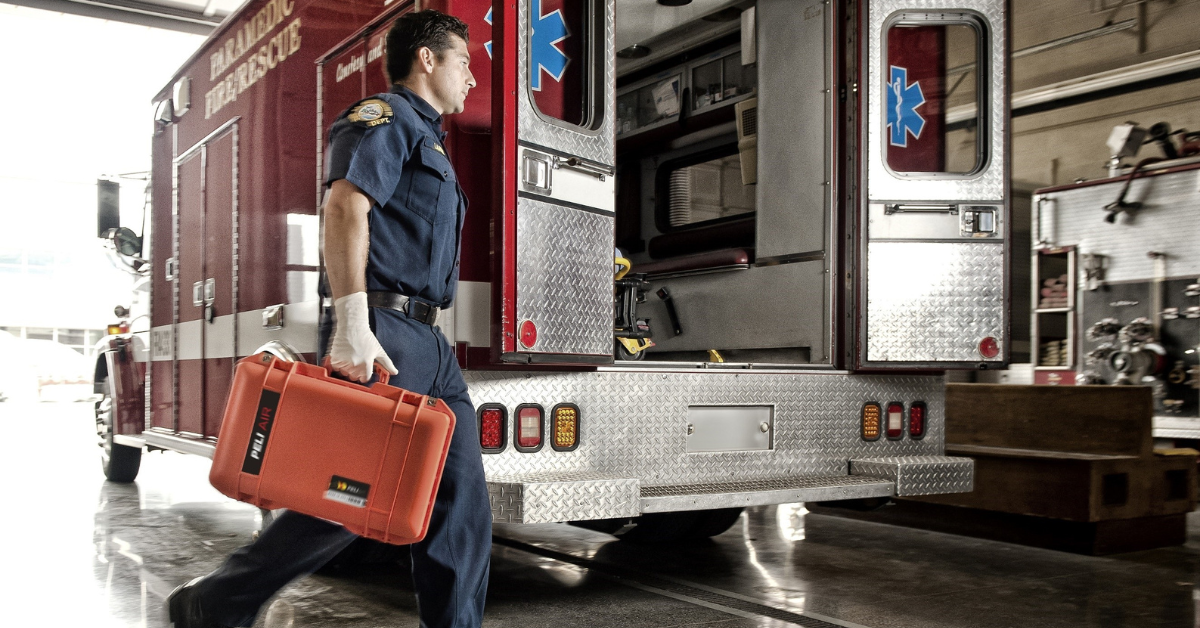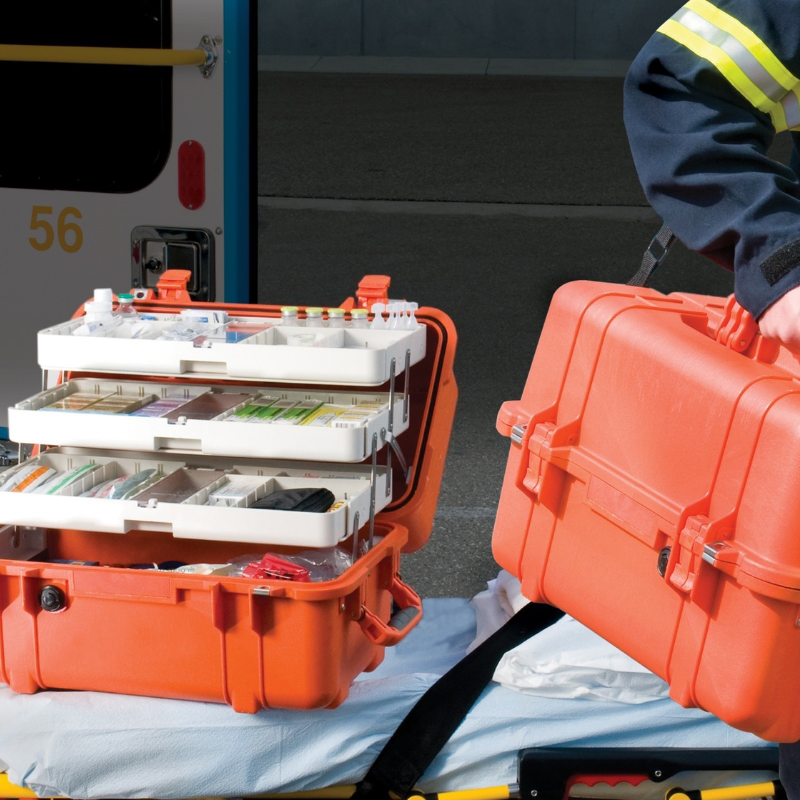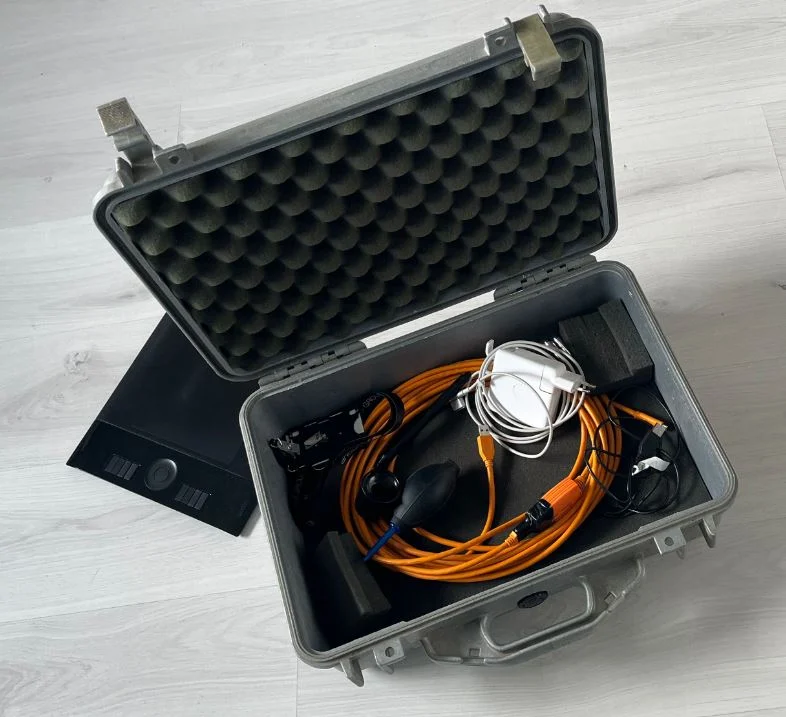When disaster strikes, every second counts. Whether you’re responding to a collapsed structure, delivering medical aid after a storm, or deploying critical tools in a crisis zone, delays can be costly—and dangerous. That’s why the right gear storage solution doesn’t just protect your tools; it enables your mission.
At the heart of this is one often-overlooked feature: a simple, reliable locking system that allows you to access equipment instantly, even under pressure.
How Do Quick-Access Locking Systems Improve Response Times in Emergencies?
Traditional padlocks and latch combinations are secure—but they’re not designed for urgency. In high-pressure environments, responders don’t have time to fumble with keys or combination codes. Quick-access systems, like Press & Pull™ latches, are engineered for rapid, one-handed operation, allowing gear to be retrieved in seconds.
They’re especially valuable when multiple team members need to access a case without waiting for a keyholder, improving overall coordination and speed.
Are Simplified Locks Secure Enough for High-Risk or Unpredictable Environments?
Yes—when designed correctly. Many simple locking systems use double-throw or reinforced latch mechanisms that resist accidental openings and unauthorised access. These aren’t flimsy alternatives to padlocks—they’re purpose-built for rugged, unpredictable field conditions, offering a balance of security and agility.
Some models are even compatible with additional padlocks or TSA-approved locks for extra security when needed, such as during transport or in unmonitored zones.
What Types of Locking Mechanisms Are Best for Use with Gloves or in Low Visibility?
In disaster response, responders are often equipped with gloves and operating in rain, dust, or darkness. That’s where ergonomically designed latches with large grip surfaces, tactile feedback, and audible “click” locks come into play.
Features like:
- Rubberised grip zones
- Colour-contrasted release buttons
- Front-facing latch placement
help responders locate and open cases quickly, even with reduced dexterity or visibility.
Can Fast-Entry Locks Be Trusted Not to Fail Under Rough Handling or Extreme Weather?
Absolutely. The best systems are tested to withstand:
- Drops and shocks from transport or field use
- Submersion in water or exposure to dust (often IP67 rated)
- Freezing temperatures and extreme heat
These locks are built into cases made from impact-resistant polymers, meaning they don’t loosen, jam, or crack over time. The mechanisms are often spring-loaded and corrosion-resistant, ensuring long-term reliability in the harshest environments.
How Do These Systems Compare to Traditional Padlocks in Field Operations?
While padlocks offer high security, they introduce complexity—keys can be lost, and combinations forgotten under stress. In contrast, quick-access latching systems:
- Speed up response
- Require no additional tools
- Enable multiple authorised users to access gear independently
They offer a safer, more efficient alternative for disaster teams who need to move fast and adapt instantly.
In emergency response, secure storage is vital—but speed is survival. A well-designed case with a robust, quick-access locking system ensures your critical tools are both safe and immediately accessible—exactly when you need them most.
Explore reliable, rapid-access protective cases built for disaster response at www.peli.com.





